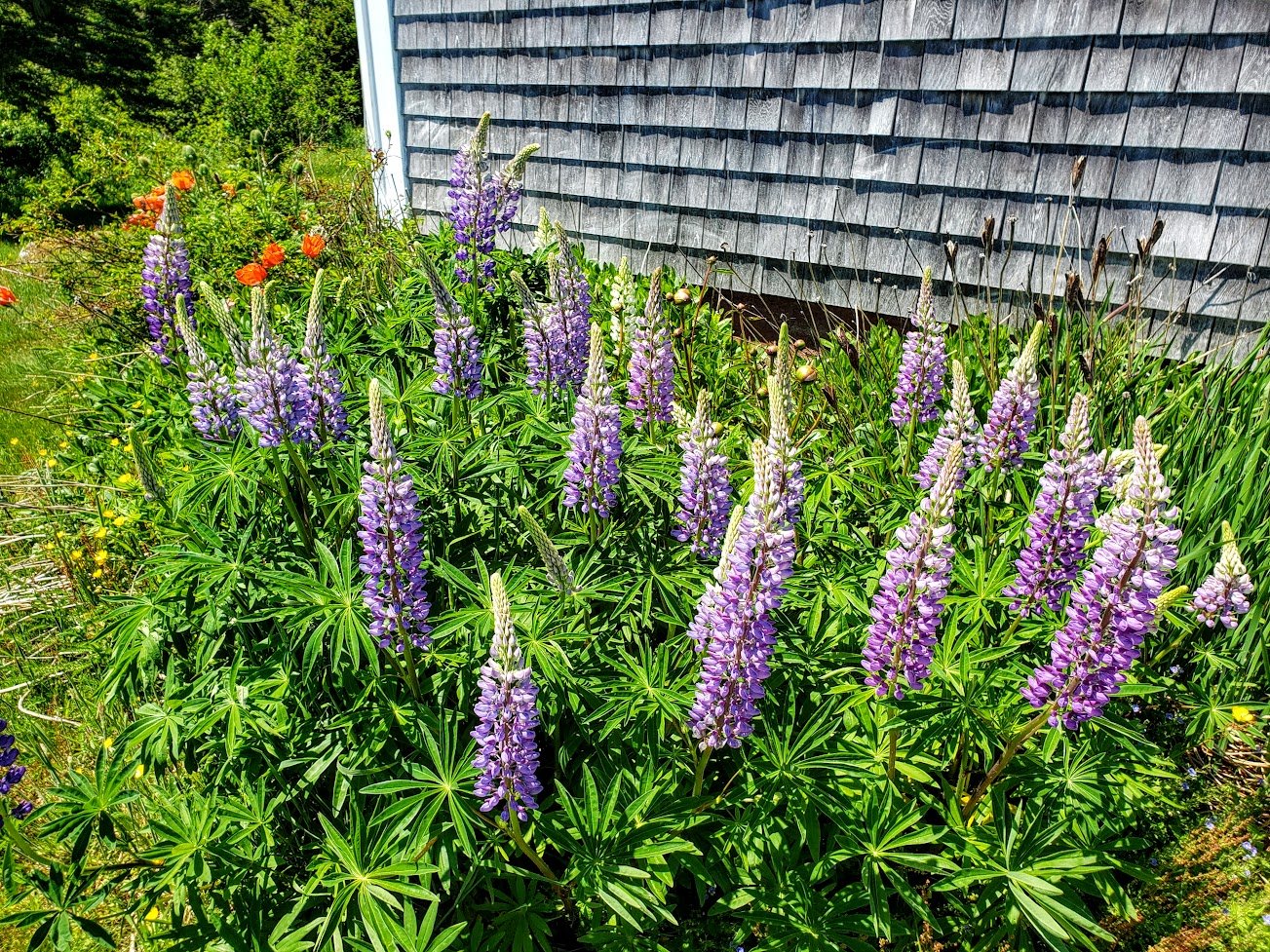Be a fern.
Well, there are at least a couple of expressions we’ll think twice about using again in the future. The first is the one that ends with like a house afire and the other is about the way things sometimes spread. The people of Shelburne County in southwestern Nova Scotia and the Hammonds Plains/Tantallon areas of Nova Scotia recently experienced both in ways they never expected, and the reality of how close some came to utter disaster has had a chance to sink in. Sobering stuff.
We packed up like the Clampetts, hit the road with thousands of other folks, and stayed in three locations before getting the word that it was safe to head back to the farm. Yes, we experienced significant crop loss, but ironically the culprit was not the fire itself but the mandatory evacuation order that left our greenhouses without irrigation or ventilation. Many of the (very) few farmers in Shelburne County suffered worse losses, and some, like us, were ineligible for crop insurance due to our size and commodity. Alas.
But while the reality of future income loss is distressing, we are grateful that we have an intact home and the ability to replant what died. As we do, we are mindful of those less fortunate who have lost everything—their houses, clothing, mementos, and experience of a place they’d come to know and love as home. Nobody can do anything to restore that, despite the acts of generosity by those who themselves have little to spare. The reality, sadly, is this: there are limitations to the power of material things in assuaging pain associated with grief and loss.
So, with that in mind, we drive through the blackened landscape daily and can’t help but be struck by the obvious lessons learned by doing so. What was black and lifeless just a week or so ago has begun to rally with an unusual standard-bearer in the vanguard: the humble fern.
In most landscapes of southwestern Nova Scotia, ferns are ubiquitous, their tightly curled fists seem to punch the air each year saying, “Yeah, it’s spring! Bring it on!” Then they unfurl their frondy featheriness (sorry—I couldn’t resist) and turn gravelly roadside ditches into something lush and lovely, heralding the “champeen” of all things ditches (and neglected gardens): the lupin.
But in these post-fire days, it’s the fern, with its vivid and saturated, almost otherworldly, green that demonstrates just how much nature can endure. I am reminded that folks waaaaay back in the “old country” endured far worse with less and wisely—or at least philosophically—understood this: Þæs ofereode, þisses swa mæg. That’s Old English for this, too, shall pass.
So, perhaps in times of stress and loss, it’s worth remembering that we should strive to be all kinds of things—be generous, be brave, be empathetic, and more, but if there’s one lesson to be learned from this whole experience, it’s this: it’s most important to simply be a fern.



